American English departments lack diversity
October 28, 2017
Amidst heated debates about immigration reform, protests which have somehow made the general populace throw the First Amendment out the window, and hate crime rates skyrocketing, public education coats an underlying element of racism: the canon.
As a largely homogenous group of the so-called white male majority, the exposure students get to different perspectives in minimal at best. F. Scott Fitzgerald, Mark Twain, Shakespeare, Kafka, Salinger, Dickens, Tolstoy, while all masters, don’t exactly represent a multitude of outlooks. In a study of cultural literacy, Huck Finn makes sense. But when, arguably, the most famous book on racism is written by a white man, and Cyrano de Bergerac is chosen as a more culturally significant origin of an archetype than Mary Shelley’s Frankenstein, a less than ideal pattern emerges.
In explanation, Mary Shelley created an entirely new genre on a dare. Edmond Rostand played off an archetype already seen in Shakespeare, Dumas, and Jane Austen. Two of these people are minorities. The pattern returns again, still within Cyrano.
Mirrors, Windows, and Doors
“Literature should either be a vehicle for students to see themselves, reflected back to them, that’s the mirror, look out from their own experience, that’s the window, and literature should also serve opportunities to be a door, which is where students can interact with people outside of their own experience,” English teacher Laura Hammond said of the Mirrors, Windows, and Doors teaching strategy she learned in graduate school. “A student should not sit in my class and be looking out the window all the time… I do keep in mind this philosophy as I select texts. I do try to have a more diverse selection than dead white men. Who’s that going to be a mirror for? Anyone?”
Literature should either be a vehicle for students to see themselves, reflected back to them.
— Laura Hammond
This policy is perhaps more interesting than half of the canon books out there. Women can more consistently identify with a male protagonist, then a man can with a female. This is because there needs to be a door opened for men, while women only need to look through a window, a window that they have practically had their head smashed through all their lives. By having as much diversity as possible in the literature taught to students, it is ensured that the most possible doors are opened to an individual, and that the most possible individuals see themselves in the mirror.
Not every teacher can be mirrored in a book. That doesn’t mean they shouldn’t still be able to teach that book. If teachers teach only what they themselves are mirrored in, then the same problem persists as to everyone only teaching Twain. The teacher’s job is not to tell the story. The author does that. The teacher’s job is to make student’s think critically about what they have read, and to even simply just open the door. A white person cannot speak to the black experience. But they can hand students Langston Hughes, Maya Angelou, Fredrick Douglass, and open that door.
“If I could teach whatever I wanted, I would absolutely shake up my canon,” Hammond said, citing Extremely Loud and Incredibly Close as a top choice. “However, you have to understand that when you are a teacher and have colleagues that have taught things year after year after year, they are a huge support. I can go to Lori Stippel, I can go to Traci Swenson, I can go to a teacher that I respect and say ‘How do you start this novel? Through what lens do you get students to start looking?'”
Restrictions
“We don’t have unlimited time. If I were to teach five new books that I had never taught before and was really excited about, it would be an immense amount of time for me to read, plan, create new assignments, create new tests, collaborate with others,” Hammond explained.
This simply ties into a larger problem of accessibility in public schools. The lack of value placed on education translates into a lack of support where teachers don’t always have access to the resources they need, minimally new lesson plans for new books. Even then, it is implied that there if funding for new books to enter circulation. On a department-wide scale, there are divisions of money that lead to tight budgets everywhere.
“[The Language Arts department] is the group that we rely on to say ‘Here are some new novels. Here is a new curriculum. Here’s what is current in Language Arts that we believe we should be emulating, because that’s the best practice for students,'” Assistant Principal Aaron Drevlow said.
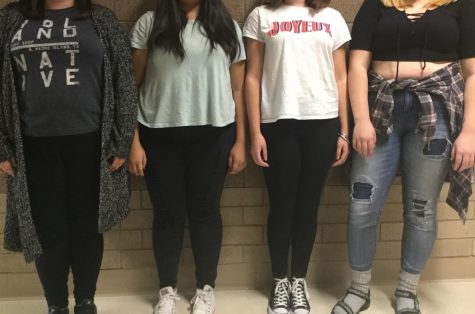
“When you do not hire a licensed media specialist in a library, and you’re not weeding effectively, and you’re not having any kind of collection development, how can you adequately mirror the student demographic? How can you diversify? When you’re talking about the evolution of our society… how can we, as a school, move in the correct progressive direction, when we do not have any budget for collection development?” Hammond added.
Stillwater Area High School deals with a lack of funding in dozens of areas, not the least of which in the lack of a licensed media specialist in the Media Center. In absence of a variety of choice and the lack of any additions or subtractions of books to teach, the English department’s ability to teach diversity decreases. When there is one Muslim author, one Jewish author, and less than half the amount of women there proportionally should be in the school’s book closet, students are rarely exposed to those ways of life in anchor texts, only in supplemental readings and poetry.
When you do not hire a licensed media specialist in a library, and you’re not weeding effectively, and you’re not having any kind of collection development, how can you adequately mirror the student demographic? How can you diversify?
— Laura Hammond
Teaching methods make a difference
“Because you don’t teach in a vacuum or you shouldn’t teach in a vacuum, which is, I think, what multicultural canon is all about, and instead of shaking up a curriculum with new literature sometimes you can shake it up with new perspectives,” Hammond added. “I don’t teach Romeo and Juliet anymore, but when I did, I didn’t focus on love. I don’t think Romeo and Juliet is about love, I think it’s about power. Who has the power, how can you exploit the power? How do people react when they are forced to act in a certain way? You can really read a text in a different way when you’re looking at it through a different lens.”
Part of the problem in English education comes from the way books are taught. While this doesn’t happen to all students, it is a significant problem for some. Learning plot points and bits and pieces of character development, teaching kids to only appreciate characters based on what makes them socially acceptable in morality, where there is no actual discussion of the themes, and no nod to the author’s actual purpose in writing the novel, destroys any merit found in literature at all. Themes are not just there for a teacher to mention in an offhand comment, they are meant to be discussed and to make people think. They are not meant to have students regurgitate plot points for a multiple choice quiz.
“I love the white male thing, there’s nothing wrong with it. It is an enormous part of how we think and who we are. It’s only in it being completely singular that our kids are missing anything… To deny that piece of who we are would be just as ridiculous as it would be to show that piece of who we are,” English teacher Kim Thompson stated. “It’s definitely diversifying exponentially. But we still have so much to learn. It’s not my opinion that it’s the literature that’s lacking, it’s the discussion.”
The whole point of diversifying literature would be moot if one voice was simply replaced with another. The Great Gatsby is a masterpiece in the study of humanity. But if the only humans ever seen by our young people are Daisies, then nothing is ever truly learned, simply regurgitated generation after generation, becoming diluted and tepid to children who only ever see that one single door. The problem arises when books keep being taught the same way, and traditional thought processes are never questioned. The problem arises when women and people of color are overlooked in favor of teaching a white man who fundamentally fills the same niche, just not as well.
America was founded on the basis of freedoms and tolerance towards each other. It was a country built by immigrants, including those brought against their will, and yet, the accepted canon generally fails to reflect those diverse experiences. To have American young people only seeing through the single white male lens is to fail to properly educate them on the perspectives that are very real and very representative of the American experience for millions of women, of people of color, of LGBTQ+ people, of immigrant, of disabled people, who all deserve to have their voice heard.
If the only people able to look into a mirror are white men, and the only doors for minorities lead in loops back to a place which tortured and murdered them for having the nerve to be different and to live in the same airspace as bigots whose heads spin at the mere mention of their own privilege, then what kind of education is actually being provided. Those kids expected to progress past archaic prejudice will never be able to fufill that duty if they don’t understand the people that they are fighting with, fighting for, and fighting to become.
Students deserve to learn in a public education. The canon needs to be diversified in order to get the best possible education in literature. Without diversity, we cannot grow as a society. We need to incorporate more diverse perspective into our discussion, through reading about other cultures, talking about problems within accepted literature, and trying to create a culture which values education and what it can do.


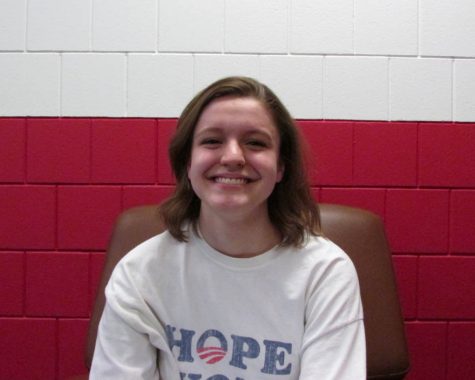
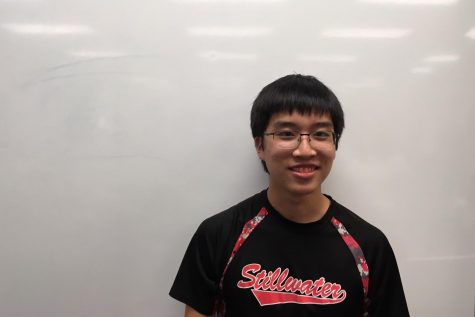


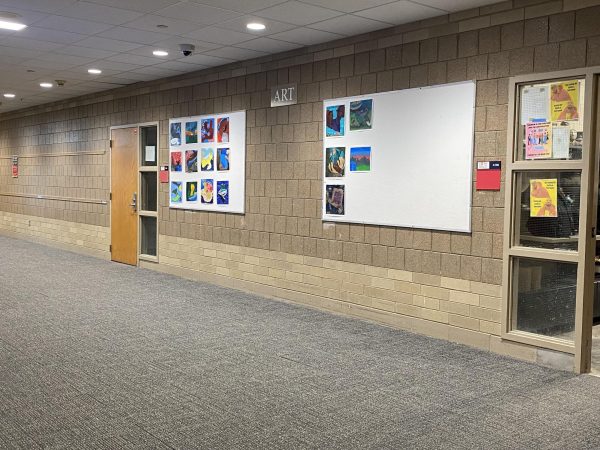
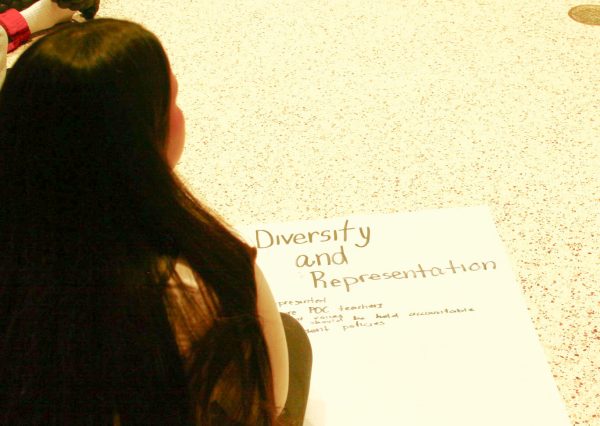
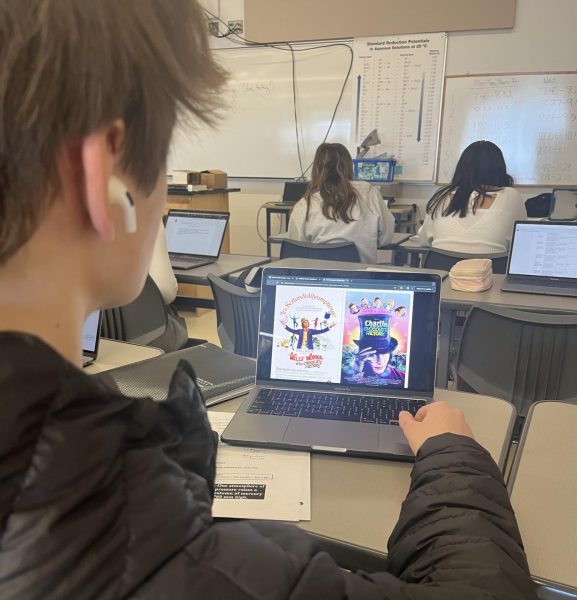
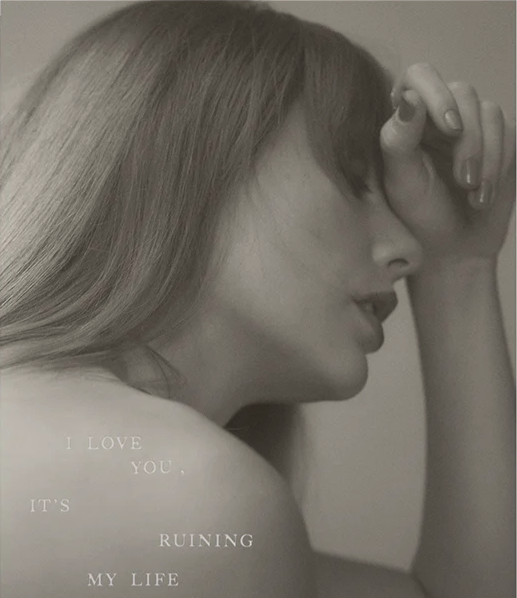
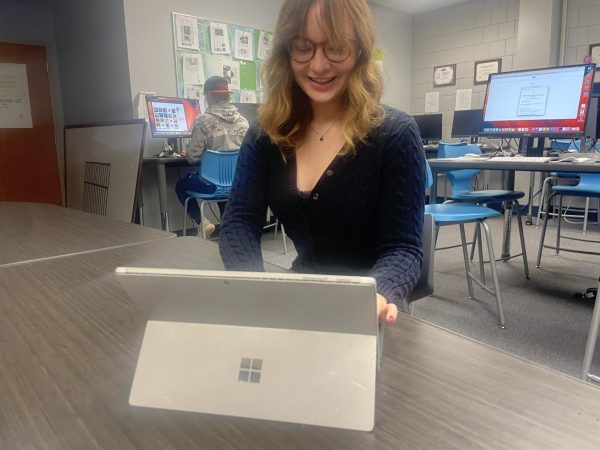
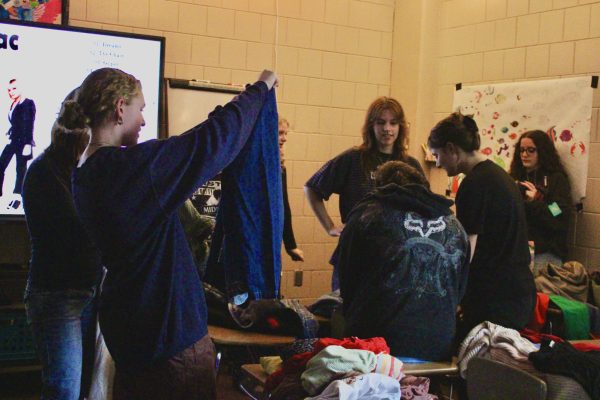
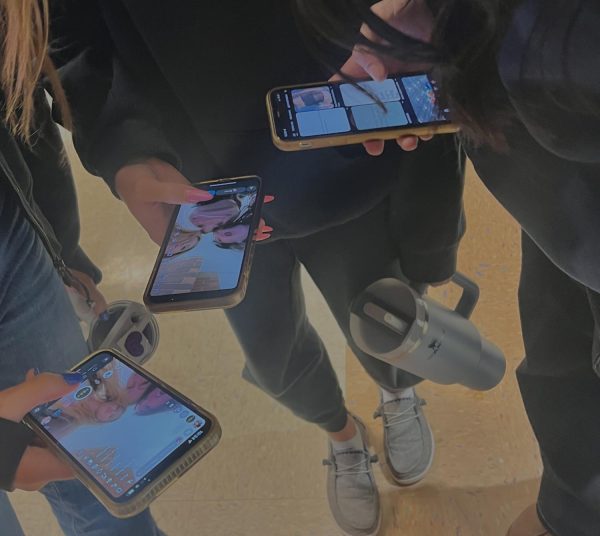

Lilly Sample • Nov 12, 2017 at 5:22 pm
I love this article and think it is extremely well written. I love how everything was continuously tied back to mirrors, windows, and doors. American English departments really do lack diversity and I think it is especially apparent in Stillwater.